May 24, 2025 | 06:30 GMT +7
May 24, 2025 | 06:30 GMT +7
Hotline: 0913.378.918
May 24, 2025 | 06:30 GMT +7
Hotline: 0913.378.918
In recent years, Le Thuy district (Quang Binh province) has had a strong breakthrough in the forestry field with a strategy to develop planted forests for raw materials and large timber forests in mountainous and hilly communes.
Mr. Nguyen Huu Han, Vice Chairman of the Le Thuy District People's Committee, acknowledged: "The Western communes of the district are always poor and underdeveloped. After more than 10 years of promoting the potential for developing economic afforestation, people have accumulated and risen to get rich. Currently, people have shifted to increasing the area of large timber forests to get even higher income."
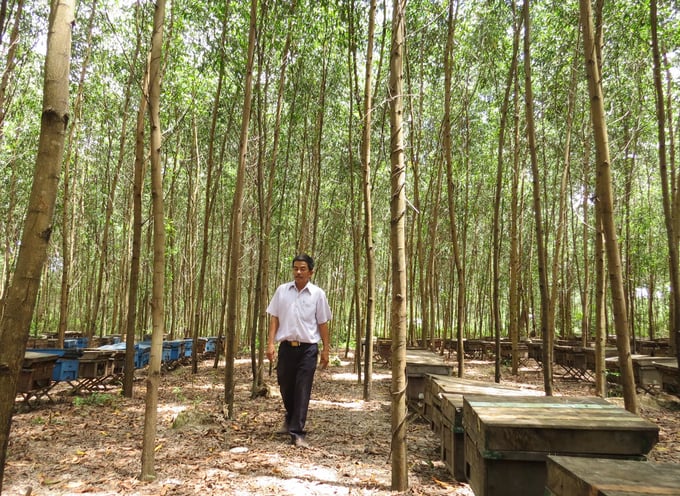
Economically planted forests in the Western region of Le Thuy district. Photo: T.P.
To promote the potential and strengths of hilly areas, Le Thuy district actively implements afforestation projects, helping the forest economy in the area to develop strongly. Afforestation has gradually greened bare land and uncovered hills, improved the environment, and brought economic efficiency to people. Particularly in recent years, people in the area have been supported by the State, programs, and projects, so they have converted from planting raw material forests to planting large timber forests.
"Le Thuy has promoted its potential and advantages for producing and trading planted forests, especially large timber forests and forests with FSC sustainable forest certification. Currently, the entire district's area of planted forests reaches approximately 30,000 hectares," said Mr. Nguyen Huu Han.
It can be said that people in the Western region of Le Thuy district approached planting large timber forests quite early. In 2016, people in the district planted nearly 270 hectares of large timber forests, supported by the Vietnamese Academy of Forest Sciences and the province's agricultural support policy capital. Large timber forests are concentrated in Thai Thuy, Kim Thuy, Ngan Thuy, and Truong Thuy communes.
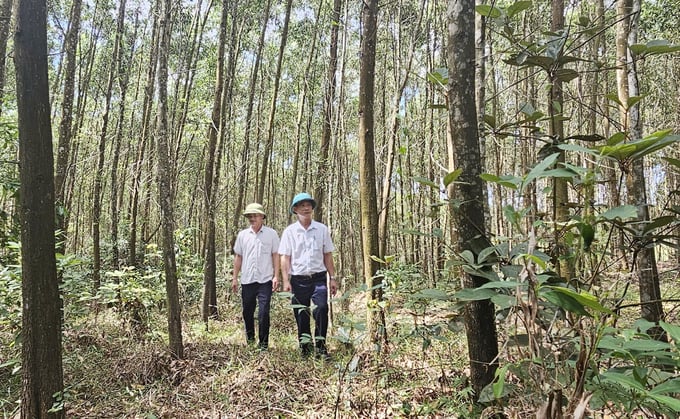
To increase income on the same area, forest growers in Le Thuy shifted to planting large timber forests. Photo: T.P.
Mr. Tran Duy Hung, Deputy Head of the Department of Agriculture and Rural Development of Le Thuy District, said that large timber forests require the use of the tissue-cultured acacia variety. This is a tree variety that has better resistance to storms than the cutting-cultured acacia variety, so it is suitable for the harsh climate of the Central region.
Regarding techniques, each hectare of large timber forest is planted with over 2,000 trees. After 4 years, when the forest canopy closes, thinning is applied to leave only about 1,000 trees/ha. When the forest reaches the 7-year-old stage, growers continue to thin it, leaving only about 700 trees/ha until harvest.
"In the process of planting large timber forests, during the thinning stage, forest growers can salvage by selling raw wood. During this period, people also have an income of about VND 30 million/ha," Mr. Hung added.
According to Mr. Hung, regarding the economic efficiency of planting large timber forests, it is shown that, on the same area, large timber forests yield 3–4 times more than raw material forests. Large timber forests also limit the number of exploitation times and delay the replanting schedule, thereby reducing the risk of soil erosion and washing away and increasing the rate of forest coverage. "According to calculations, in about 10 years, each hectare of large timber forest brings an income of about VND 250–300 million, while the harvest of 5-year raw material forests only reaches about VND 100 million," said Mr. Hung.
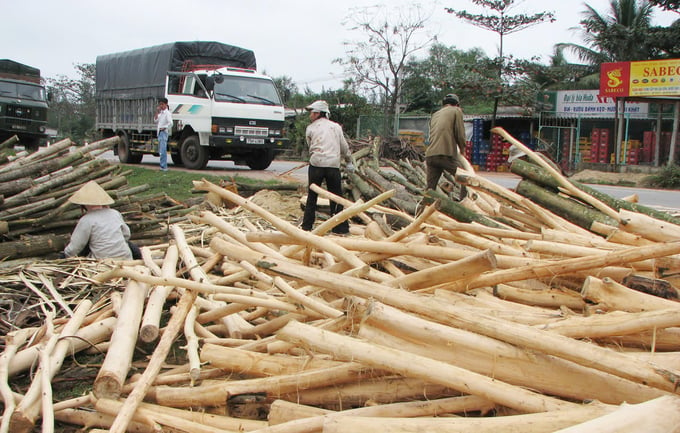
Wood exploitation from planted forests in hilly areas of Le Thuy district. Photo: T.P.
Thai Thuy commune (Le Thuy district) has nearly over 3,900 hectares of planted forest. Thanks to promoting afforestation, many households have become rich, built spacious houses, and bought expensive vehicles and equipment. In order to develop the forest economy in a sustainable direction, in 2017, Thai Thuy commune mobilized people to convert to planting large timber forests with an initial area of more than 10 hectares.
According to Mr. Le Thuan Van, Chairman of the Thai Thuy Commune People's Committee, "As of now, the entire commune has planted more than 150 hectares of large timber forests. The commune planted 40 hectares in 2023 alone and strives to reach 400 hectares by 2025."
Currently, five villages of Thai Thuy commune all promote their strengths in afforestation. In Thai Thuy commune, inter-village and inter-commune roads are all wide concrete roads, running through acacia forests that are closing their canopy. Coming to Thai Thuy, it was impossible to find any bare land. Forests are planted everywhere; after forests come fields; after fields come forests. When the commune's forest land area was covered with forest, people in the commune quickly went to other localities to rent land to plant forests. Therefore, the economic forest area that people in Thai Thuy commune "borrowed" for planting is up to over 500 hectares.
Nam Thai village is considered the commune's leader in afforestation. Mr. To Ngoc Chung, Head of Nam Thai Village, said that the village has 350 households and a total area of planted forest of over 1,500 hectares. If calculated according to the 5-year harvest cycle of planted forests, on average each year, people in the village exploit about 300 hectares of planted forests.
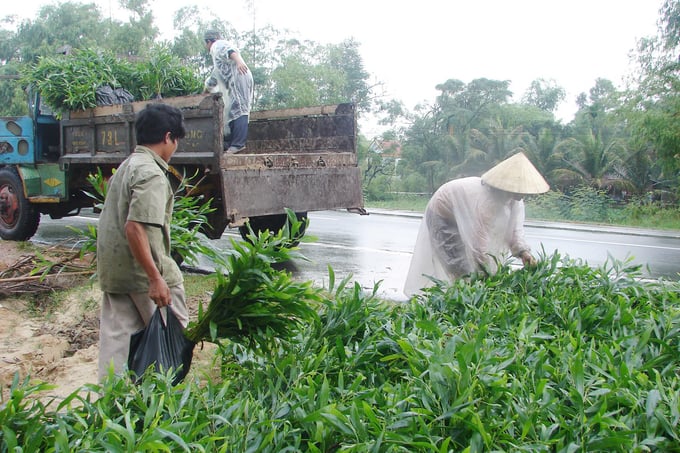
Forest growers pay attention to the quality of seedlings to improve the efficiency of planted forest exploitation. Photo: T.P.
"Our hill land is suitable to develop acacia trees, and people also invest in cultivation, so the trees grow quickly, well, and have high yield and quality. Therefore, each hectare of exploited forest brings an income of about VND 100 million. On average, each year, planted forests bring an income of about VND 30 billion to people. This number continues like that, so people's lives are increasingly improving," said Mr. Chung.
According to Mr. Le Thuan Van, from a poor commune of the district, after more than 10 years of developing economic afforestation, Thai Thuy has clearly improved. By 2021, Thai Thuy had reached the goal of becoming a new rural area and is currently continuing to stabilize and develop into an advanced new rural commune.
Thanks to the planted forest economy, the commune's per capita income reaches over VND 62 million/year. The commune currently has 1,300 households; the proportion of well-off and rich households in the locality accounts for over 50% of the total number of households. "There are hundreds of households with a forest area of 10 hectares or more. These families are always classified as solidly enriching," Mr. Van said happily.
Many families with large planted forest areas have gradually shifted to planting large timber forests. This has also been paid attention to and encouraged by the local government so that people can have higher income. Mr. Nguyen Van Thuan, a forest owner in Thai Thuy, said: "Previously, life was difficult, so people had to shorten the harvest time. Now, the economy is quite stable, so everyone wishes to plant large timber forests to increase their income and not worry about prices and consumption market."
Thai Thuy today has a surprising change. The countryside seems to brighten up with wide concrete roads, rows of high-rise buildings like the city, and forests that are growing day by day.
To date, Le Thuy district has planted nearly 900 hectares of large timber forests. According to the plan, by the end of 2025, the district will strive to plant 3,000 hectares of large timber forests (including forests of people and organizations). This year, Le Thuy plans to increase the area of FSC-certified forests to 1,500 hectares in Truong Thuy, Thai Thuy, Sen Thuy, and Kim Thuy communes. By 2025, expand the FSC-certified area in Ngan Thuy and Phu Thuy communes.
Translated by Thu Huyen
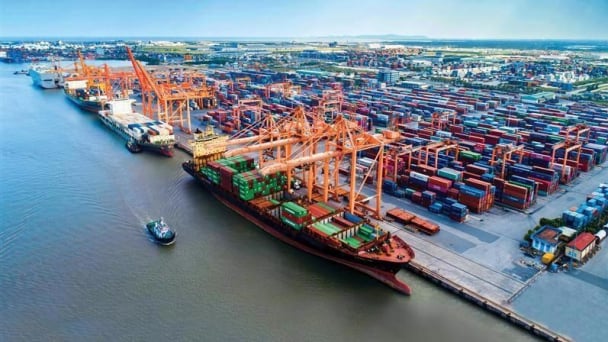
(VAN) South Korea is currently the second-largest investor in Hai Phong in terms of the number of projects (186 projects) and the largest in terms of total registered investment capital, reaching USD 14.2 billion.
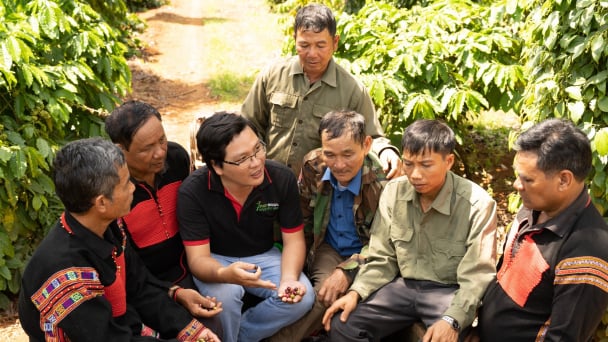
(VAN) As consumers become more environmentally conscious, legal regulations grow increasingly stringent...
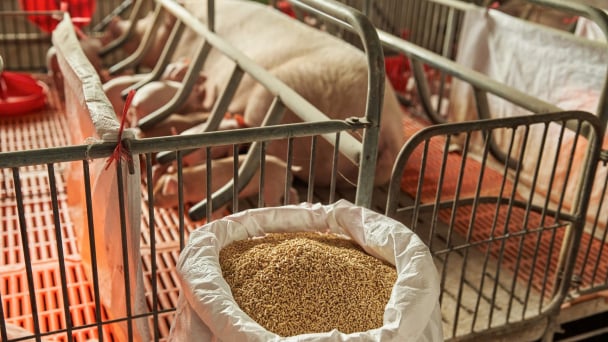
(VAN) CJ Feed&Care officially launched the FCR improvement campaign called “2025 Find Challenge Reach” in April 2025. In Vietnam, this campaign is implemented by CJ Vina Agri.

(VAN) The swamp in Pho Thanh is gradually being covered with red mangrove, creating a favorable environment for producing clean, high-quality salt.

(VAN) The trade turnover of agro-forestry-fishery products is growing significantly, along with investment cooperation commitments that are opening up new development directions between Vietnam and Russia.
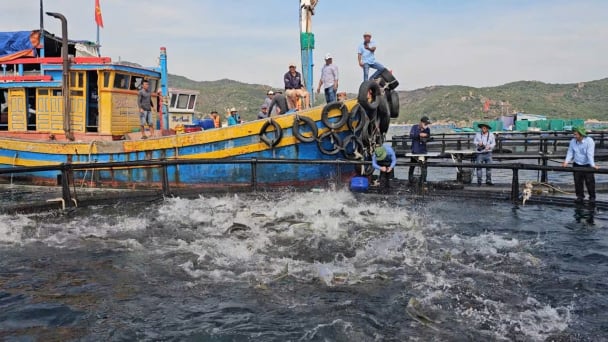
(VAN) Khanh Hoa is investing over 545 billion VND to develop 240 hectares of high-tech marine aquaculture in order to guarantee a consistent supply of seafood exports and achieve the USD 1 billion target.
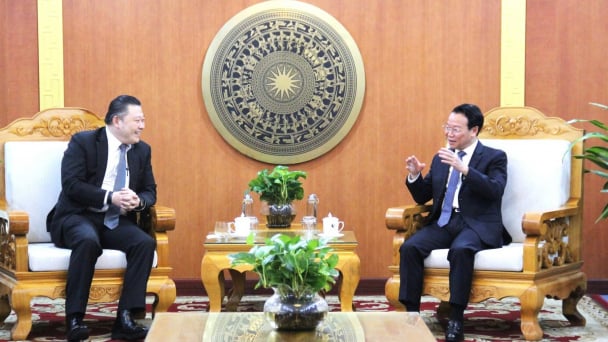
(VAN) Minister of Agriculture and Environment Do Duc Duy held a meeting with Soopakij Chearavanont, Chairman of C.P. Group, on May 15.